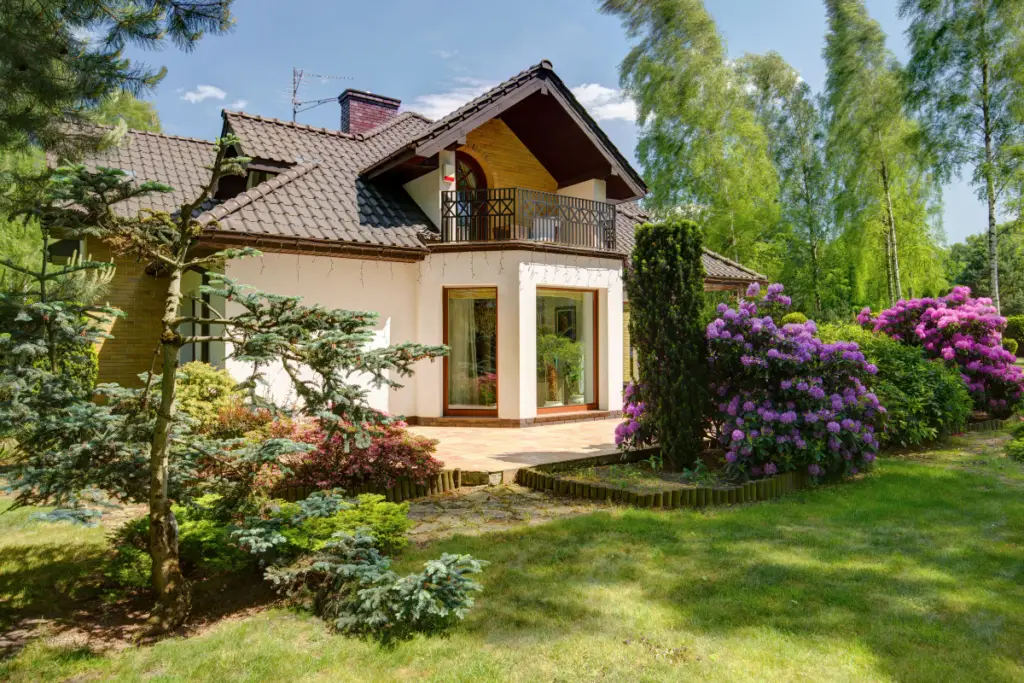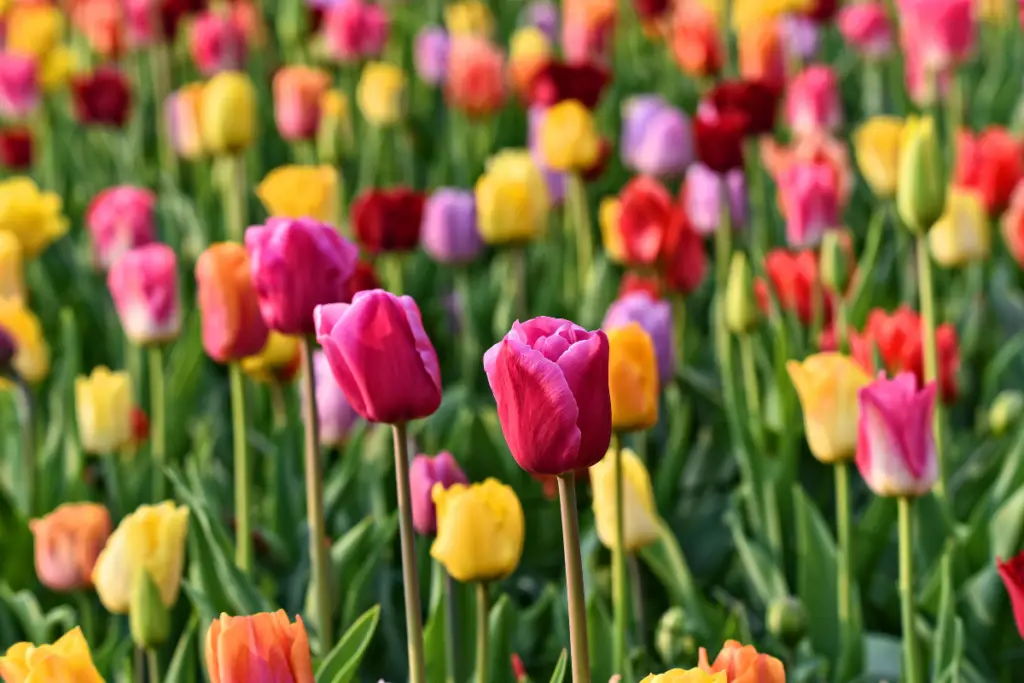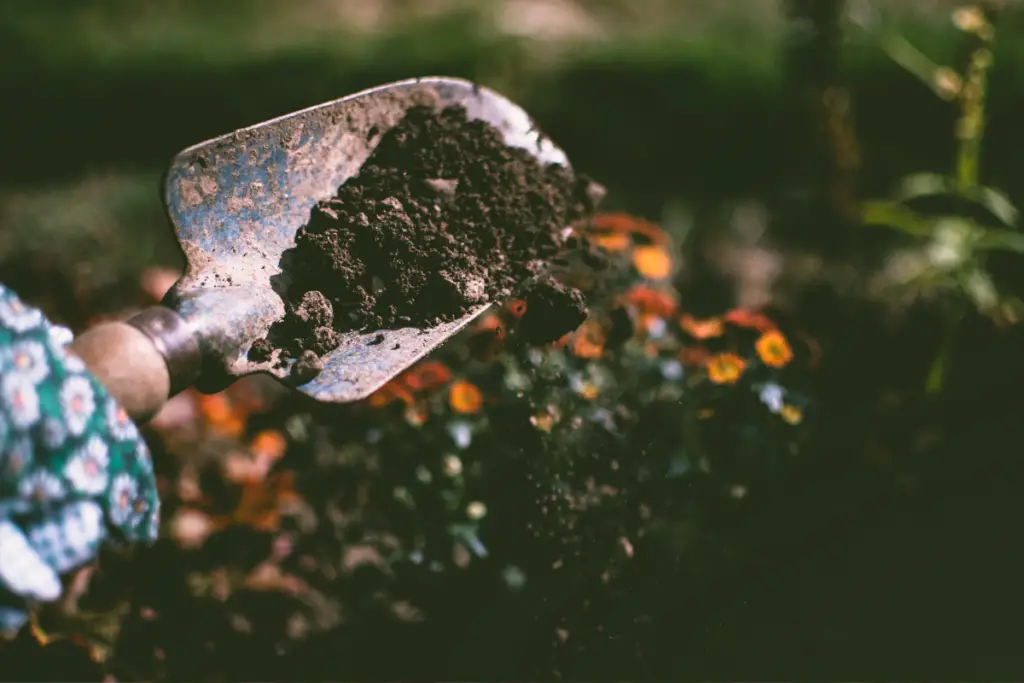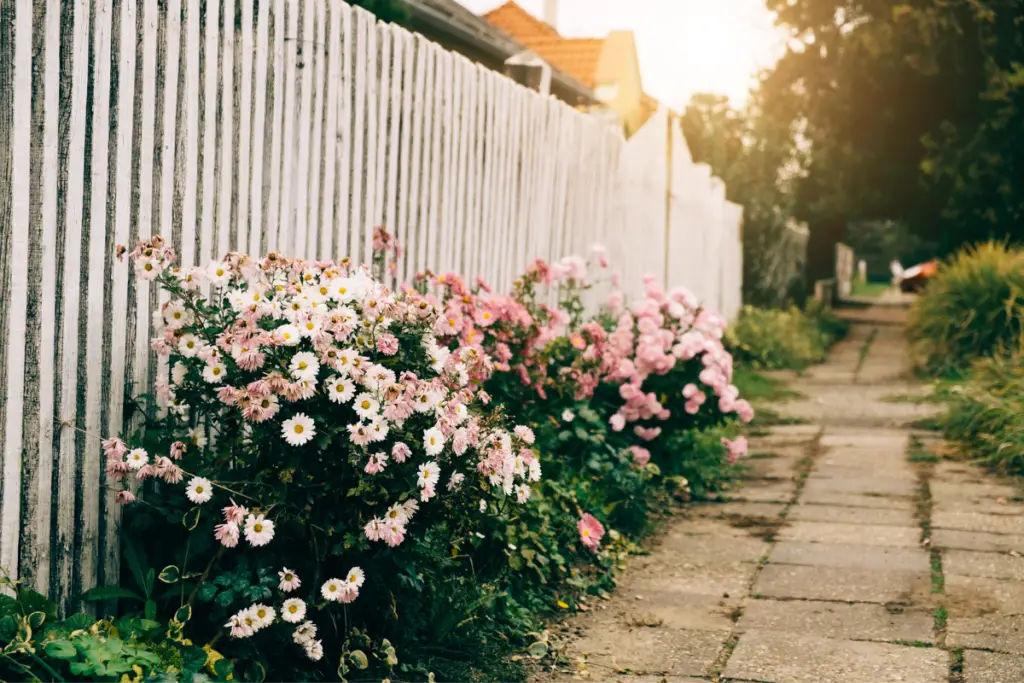Imagine stepping into your home to a colourful view and an aroma of blooming flowers.
This is the magic of a flower garden. Whether you have a huge front yard or a cosy terrace, cultivating it transforms your space into a beautiful retreat.

You can create your dream haven in a few easy steps, even if you’re a novice gardener. Find out more in this exclusive guide.
Types of Flowers
Each flower brings a unique vibe, especially with a wide variety to choose from. Remember, flowers have their own characters, too.
Annuals
These flowers complete their entire lifecycle from germination to producing seeds in one year.
One option is marigolds with their bright yellowish-orange and red colours. On the other hand, petunias and lush come in a mix of colours, such as purple, pink, white, and blue.
They are planted in the spring, blooming throughout the summer season and into early fall.
Annuals thrive on about 6 hours of direct sunlight on a daily basis. In addition, since they don’t have a deep root system, regular watering is essential.
Perennials
This type lives for more than two years, returning year after year. Some have tall, stately flower stalks, while others spread out across the ground. They have an impressive range of colours.
Some perennials bloom in the spring, while others in the summer or even fall. If you choose wisely, you can have flowers from early spring through late autumn.
Although most prefer full sun, some do well in partial shade. With their endurable long-lasting nature, they are a perfect fit for any garden.
Bulbs

They are plants that grow from underground storage structures. Bulbs either resemble a star or are cup-shaped, similar to a trumpet.
Their colours range from pure white to fiery red. Tulips, for example, literally have hundreds of colour variations. Most bulbs bloom in the spring, but you can find types that flower in the summer as well.
They prefer sunny conditions, and some types can tolerate partial shade. With proper care, they will multiply and return every year.
Biennials
These plants complete their life cycle over a two-year period. In the first year, they grow leaves and store up energy. In the second year, they bloom and set seed before dying.
They provide a rosette of leaves, growing low to the ground. Furthermore, they produce tall flower stalks that can reach 2-3 feet high.
Most biennials thrive in cooler climates. Although they bloom from late spring through mid-summer, some last into the fall or winter.
Flowering Shrubs
They are woody plants that add seasonal blooms and height to your garden. Sometimes, they create multi-stemmed bushes several feet tall.
They have diverse colours, including white, pink, or blue. Their leaves are either green or burgundy.
Flowering shrubs bloom in spring or summer according to their type. Azaleas and rhododendrons flower in spring, for instance.
However, hydrangeas and roses of Sharon bloom in the summer. There are also some types, like Japanese camellia, that flower in the fall or even winter.
They usually need at least 6 hours of direct sunlight per day.
Climbing Flowers
These vining plants grow upwards to cover trellises and fences. They are known for their trumpet-shaped flowers that open beautifully in the morning.
With a variety of colours, climbing flowers add height and movement to your space. They can also be used to soften the appearance of hard edges.
Fragrant Flowers
This type has unique characteristics that appeal to both the eyes and the nose.
The aroma of these flowers can range from subtle and delicate to bold and intense. From roses and lilacs to jasmine and English lavenders, there are many fragrant options.
Position these flowers near seating areas or entryways to fully enjoy their perfume as you move through the garden.
Cut Flowers
Sunflowers and dahlias make excellent cut flowers for fresh floral arrangements and bouquets. Their dazzling colours and unique shape will elegantly complement your flower garden.
Having a ready supply can come in handy for creating an enchanting bouquet to send to loved ones or decorating your own home. Let your creativity shine.
A Guide to Building a Flower Garden

Making the gorgeous aesthetic you want isn’t hard. Actually, the steps are so easy that even beginner gardeners can follow.
Choose a Location
The first step in planting your flower garden is deciding on the right place, as it impacts the flowers’ health. If you pick a shady area, for example, your sun-loving flowers will suffer the consequences.
You have to determine the area’s sun exposure first. While most flowering plants need full sun, some need partial shade.
The next step is to make sure your location has drainage to prevent waterlogged soil. Otherwise, it causes root rot. Raised beds or berms usually solve this issue.
Lastly, choose a spot that’s close to a water supply. You’ll need to water your flowers daily, so easy access to it is definitely useful.
In addition, if you decide to install an irrigation system, a nearby source of water will come in handy.
Plan Your Flower Garden
Creating a flower garden is like painting, and every plant adds an element to the bigger picture. Don’t shy out and embrace your inner artist.
Always plant taller flowers at the back and shorter ones at the front to create depth. Moreover, group flowers of the same colours together. This technique is particularly effective when using bold hues like red and orange.
In addition, make sure your flowers have complementary colours. Use a colour wheel to choose ones that are opposite each other to create a visually appealing contrast.
As you plan your garden, ensure continuous blooms throughout the growing season. Combine early spring bloomers with summer stars. Finish with fall bloomers like Japanese camellias.
By designing your garden with different flower combinations, you can create a long-lasting colour palette.
Prepare the Soil

Your soil is the heart of your flower garden, so prepare it well.
Test the soil’s pH levels first. Take a sample from the ground and remove any debris. Break up large clumps, if any.
Then, purchase a soil test kit from your nearest garden centre and follow the instructions on the pack. It usually works by mixing the soil sample with the provided testing solution.
The kit will either change colour or give a digital reading indicating the soil’s pH level. The ideal score ranges between 6 and 7. Balance the values, if necessary, by adding lime to raise it or sulphur to lower it.
The following step is adding some organic matter, such as compost or well-rotted manure. You need about a 2-3 inch layer pushed into the top 6-8 inches of soil. This will keep your plants moist and provide proper nutrients.
Lastly, if the existing soil is clay-based or heavy, include sand or perlite for drainage and aeration.
Plant a Flower Bed
How you choose to design your flower garden is crucial in creating an appealing one. The bed’s type heavily depends on your yard’s layout.
You can go for a raised flower bed, an elevated structure usually made of wood or stone. It allows for better drainage and access.
Another option is an island bed, a free-standing circular or oval bed surrounded by lawn or pathways.
In-ground beds are also a great choice. They provide a wide space for planting a variety of flowers.
This type is directly planted in the soil of your garden. Thus, it allows plants to establish deep root systems, accessing nutrients and moisture more easily.
To create one, remove any weeds or rocks. Shape it to fit your garden’s layout, and use edging materials to define its boundaries.
Regardless of the style you choose, be sure to measure the bed up to your space. In general, beds should be 3-6 feet wide to allow access and maintenance from either side. The length depends on the available room.
After you’ve marked the bed’s dimensions, outline the shape on the ground with a garden hose, string, or powdered lime.
Flower beds are necessary if you want to plant types that have different needs in terms of pH levels, water quantities, and sun exposure. They simply allow you to manage the growth environment.
Add Flowers
Now, for the fun part, it’s time to start planting your flowers. The right season is vital. Most flowers grow best when planted in spring or fall.
For spacing, follow the plant tag or seed packet recommendations to allow for growth and air circulation. For example, space annual flowers 6 to 12 inches apart and keep a 12- to 24-inch area between perennial flowers.
Planting depth is also important. For seeds, follow package directions. For transplants, plant at the same depth they were growing in their container.
With your flowers safely in the ground, you are done. How easy was that?
Regular Maintenance

Flowers are delicate plants. This means you need to provide constant care to maintain their charming nature as long as possible.
- Weeding. Remove any unwanted plants without disrupting the roots of your flowers.
- Watering. Provide your flowers with water regularly. Adjust irrigation schedules according to weather conditions and plant needs.
- Deadheading. Cut off spent blooms to stimulate more flowers.
- Fertilising. Apply a slow-release fertiliser in early spring and summertime to enhance the soil’s nutrients.
- Managing pests and diseases. Monitor your garden for anything harmful and take appropriate action quickly.
- Pruning. Trim back any wayward or overgrown plants to keep the garden fresh and promote new growth.
When to Call a Gardener
Although planting a flower garden is relatively easy, some people will still find it a tedious job. This doesn’t mean you should put off the entire project. If you want a magical landscape, you deserve one.
Simply book a professional gardener to help you get started. Their tools and experience can speed up the process.
Conclusion
When you stand back and admire your flower garden, you’ll feel grateful for not putting off that project. With a variety of colours and a magical fragrance, your garden will become your sacred haven.
All it takes is a little planning and effort. Before long, you’ll enjoy an outdoor space that’s a constant source of inspiration and peace. This guide is your starting point to make it a reality.
Thanks to fantasticservices.com for consulting on this post.
























